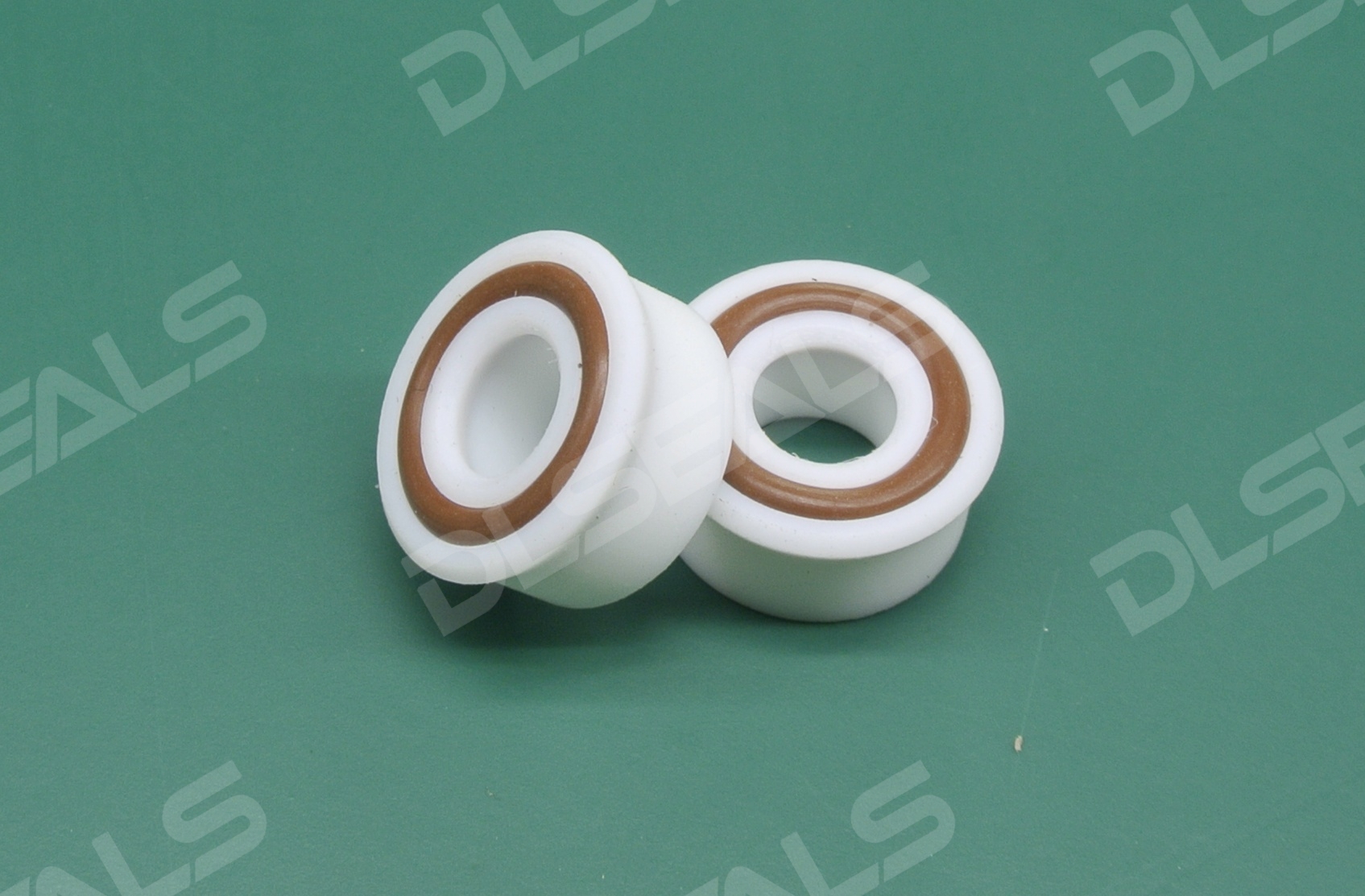Y-seals are pivotal in fluid power systems due to their distinctive Y-shaped cross-section. This structural design balances functionality and reliability for specific operational conditions.
I. Structural Characteristics
Key design features:
- Single-lip sealing: Primary sealing lip contacts mating surface
- Reinforced heel: Thick base resists extrusion
- Pressure orientation: Sealing lip faces pressurized medium
- Anti-twist ribs: Short guide bands enhance stability
II. Performance Advantages
Structural benefits:
- Pressure activation: Preload provides initial seal; system pressure energizes lip
- Low friction: Minimal contact area reduces dynamic resistance
- Pressure range: Effective sealing from 0-40MPa (backup rings required >15MPa)
- Rotation resistance: Heel geometry prevents lip inversion
- Ease of installation: Monolithic design simplifies assembly
III. Comparative Analysis
| Type | Advantages | Limitations | Typical Applications |
|---|---|---|---|
| Y-Seal | Low friction/Rotation resistance | Requires backup at high pressure | Hydraulic cylinder rods |
| O-Ring | Low cost/Static sealing | Prone to spiraling | Static/low-speed seals |
| Compound Seals | High-pressure capability | Complex installation | Injection molding machines |
| Spring-Energized Seals | Extreme temperature resistance | High cost | Aerospace/Chemical processing |
IV. Material Selection Guide
- Nitrile (NBR)
- Properties: Mineral oil/water resistance, -35°C to 100°C
- Applications: Industrial hydraulics, pneumatic systems
- Polyurethane (TPU)
- Properties: Abrasion/extrusion resistance, -40°C to 80°C
- Applications: Construction machinery, contaminated environments
- Fluorocarbon (FKM)
- Properties: Fuel/chemical resistance, 200°C continuous
- Applications: Engines, chemical processing equipment
- Hydrogenated Nitrile (HNBR)
- Properties: Extended temperature range (-40°C to 150°C)/ozone resistance
- Applications: Automotive steering systems, high-temp hydraulics
V. Selection Methodology
Y-seals deliver optimal cost-performance in medium-pressure dynamic applications. Key considerations:
- Material compatibility (NBR/TPU covers 90% industrial needs)
- Pressure/velocity parameters (TPU recommended >15m/s)
- Groove design standards (12%-18% lip compression ratio)
Post time: Aug-02-2025

